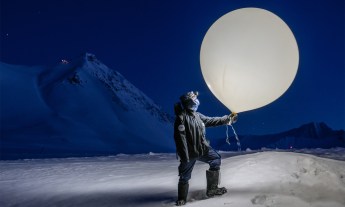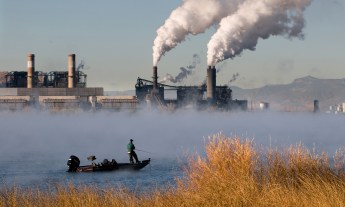
Humans are visual creatures: our understanding of the world is dominated by what we see, and how this makes us feel. But climate change — a long-term, cumulative process that often cannot be directly observed — isn’t easy to visualize.
In the 1980s, activists made a decision to associate climate change with the polar bear to provide a simple visual shorthand for the issue, but it’s also reinforced the impression that climate change is a distant problem that’s remote from most people’s day-to-day lives.
We at Climate Visuals — the world’s only evidence-based and impact-focused climate photography resource — have taken the first steps towards helping people tell a better visual story about climate change by creating a library of images that are illustrative and effective. Based on discussion groups and thousands of online surveys, we compiled seven key principles to help organizations, individuals and photographers create powerful images that communicate the seriousness, scale, scope and humanity of the climate crisis.
1. Show images of real people, not staged photo ops

Our discussion groups favored documentary and candid images, which they perceived as authentic, compared to posed photos, which they viewed as gimmicky and even manipulative. Photographs of politicians, which often accompany stories about new climate laws or legislation, scored particularly low on credibility and authenticity across survey participants.
2. Tell new stories
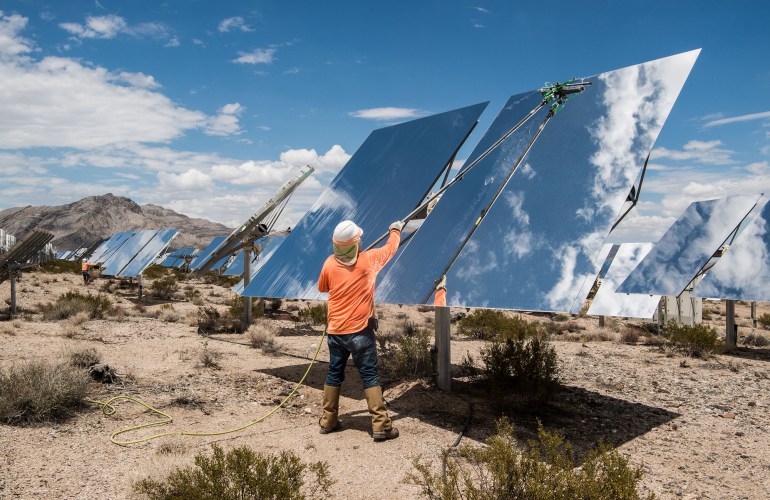
Images that our research participants could quickly and easily understand — such as smokestacks, deforestation and polar bears on melting ice — were rated positively in our online survey. But while these familiar images may be effective ways of communicating to an audience that a story is about climate change, they also prompted cynicism and fatigue in our discussion groups. Less familiar and more thought-provoking images can help tell a new story about climate change and reshape perceptions about what it looks like.
3. Show climate causes, impacts and solutions on a larger scale
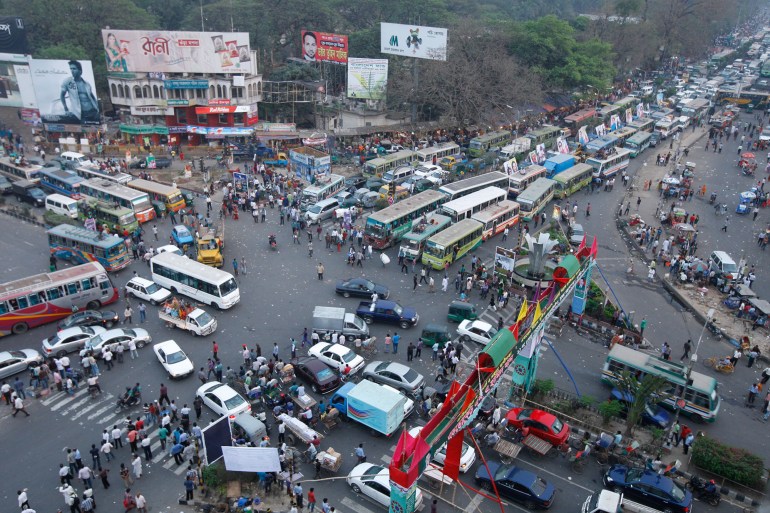
In our research, we found that people don’t necessarily understand the links between climate change and their daily lives. When trying to communicate the connection between carbon-intensive behaviors and climate change, it’s best to show these behaviors on a larger scale rather than focusing on the individual. For example, a photo that shows a congested highway full of vehicles rather than a single car and driver may be a more effective way to communicate about fossil fuel emissions from transportation.
Open Call for Photography: TED Countdown is partnering with Climate Visuals to build a collection of images that document the reality of climate change around the world. Register now and submit your photos.
4. Capture climate impacts that elicit an emotional reaction
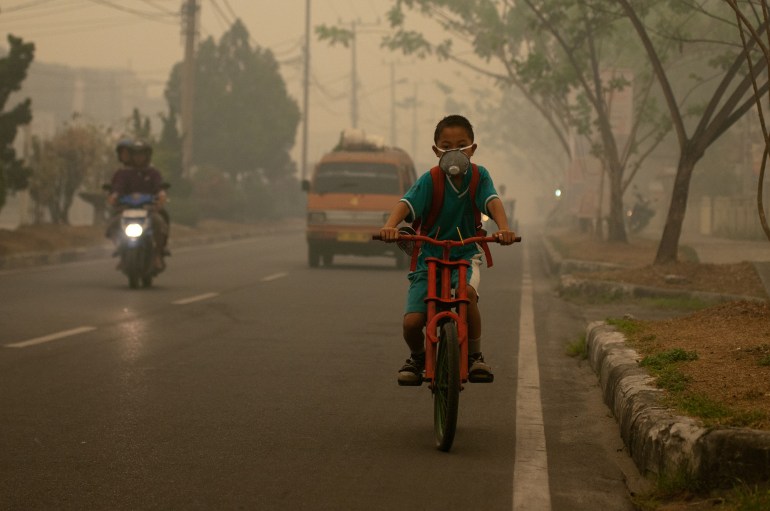
Survey participants were moved more by images of climate impacts — such as floods and the destruction wrought by extreme weather — compared to images of causes or solutions. Images of climate impacts ignited a desire to respond, but they can also be overwhelming because they are emotionally powerful. Coupling photos of climate impacts with other images that show solutions or action steps can help overcome this.
5. Understand your audience
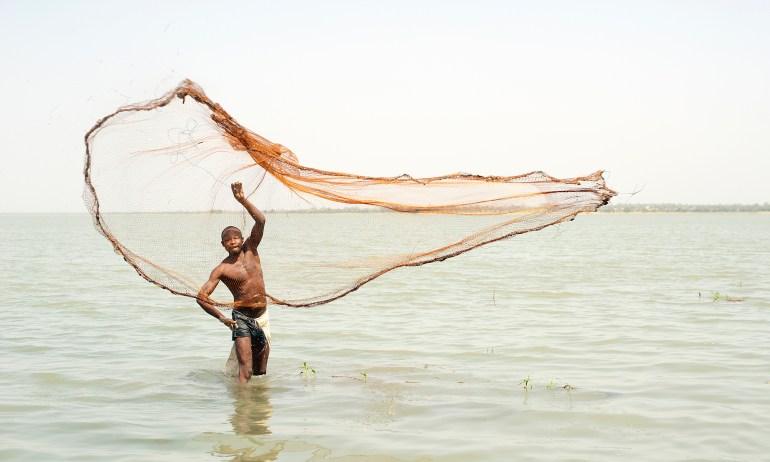
Unsurprisingly, people’s levels of concern or skepticism about climate change determined how they reacted to the images we tested. But other interesting differences emerged as well. Images of geographically distant climate impacts produced much flatter emotional responses among those on the political right. Images depicting solutions to climate change generated mostly positive emotions for people across the political spectrum.
6. Show local (but serious) impacts and achievable local solutions
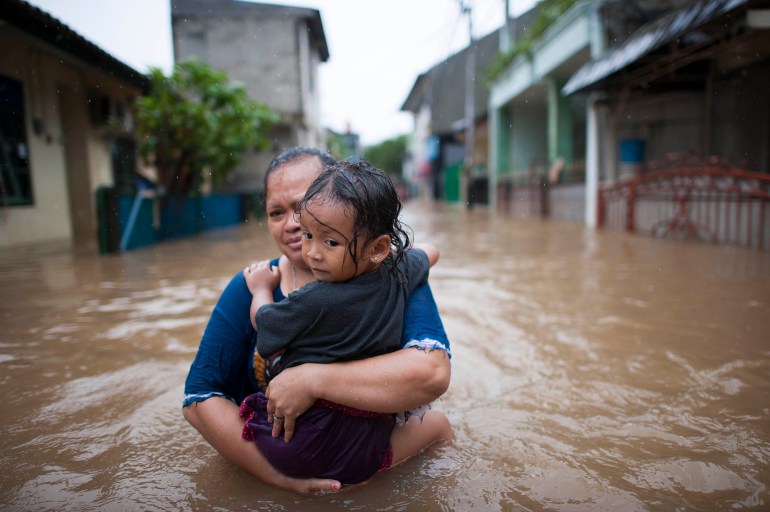
Images of localized climate impacts that show an individual or group of people with identifiable emotions are likely to be the most powerful. But as in verbal and written communication, there must be a balance between localizing climate change so that people realize the issue is relevant to them. Provide a clear link between local impacts and the bigger picture to avoid making the issue appear distant or less urgent.
7. Be careful with protest imagery
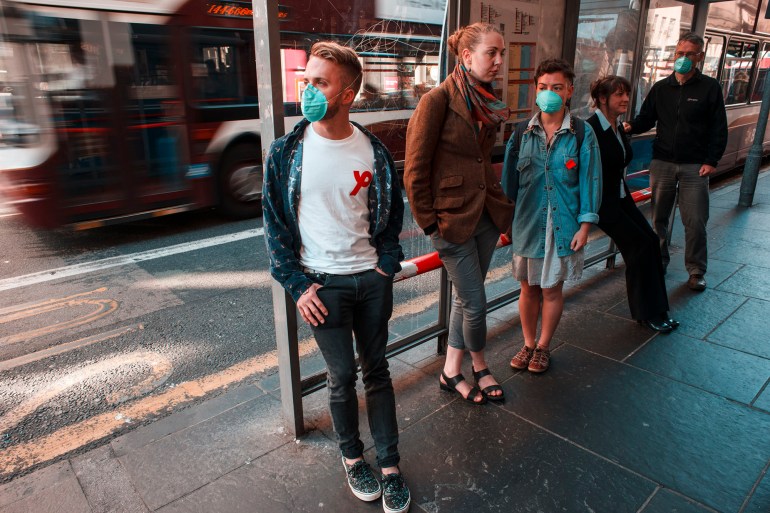
Images depicting protests or protesters attracted widespread cynicism and some of the lowest ratings in our survey. In our discussion groups, images of what people described as “typical environmentalists” only resonated with a small number of people who already considered themselves activists and campaigners. Most people do not feel an affinity with climate change protesters, so these images may reinforce the idea that climate change is for “them” rather than “us.” However, protest images involving people directly affected by climate impacts were seen as more authentic, and therefore more compelling.
Conservation photographer Thomas Peschak visits incredible seascapes around the world. See how his photos reveal hidden ecosystems:











